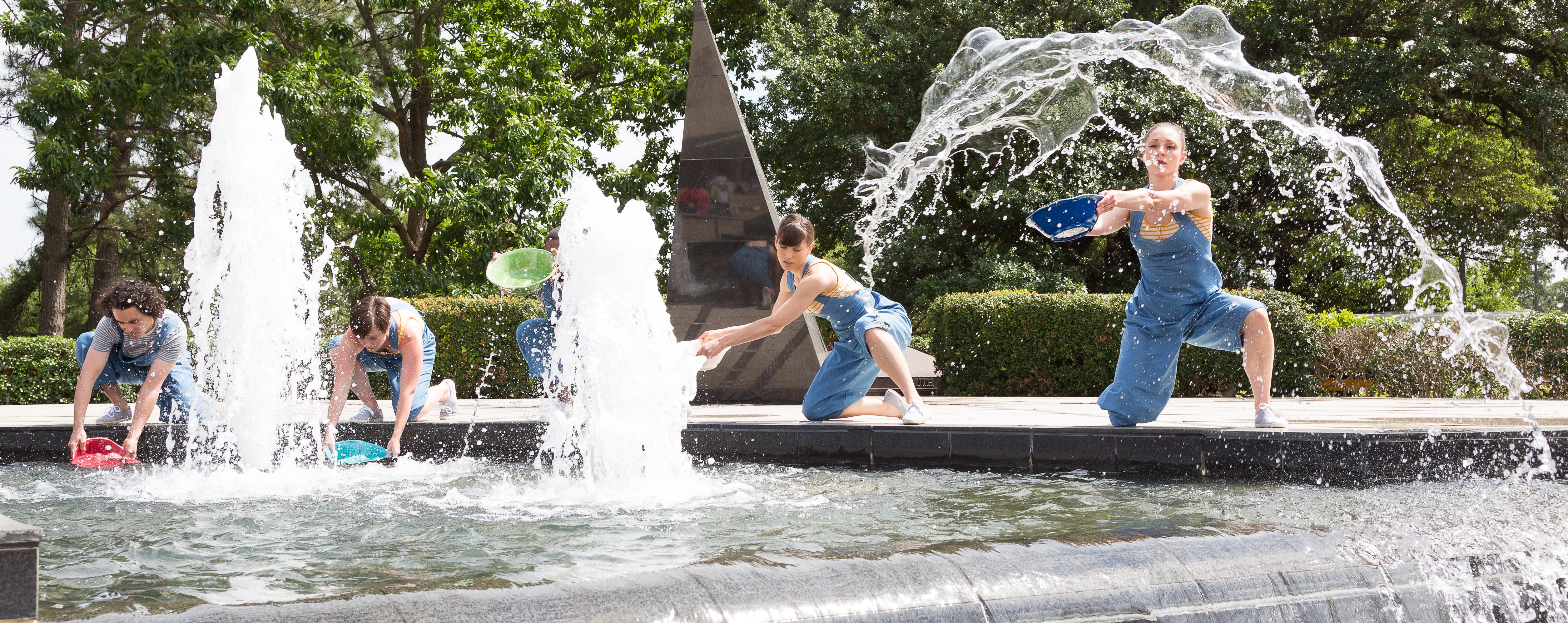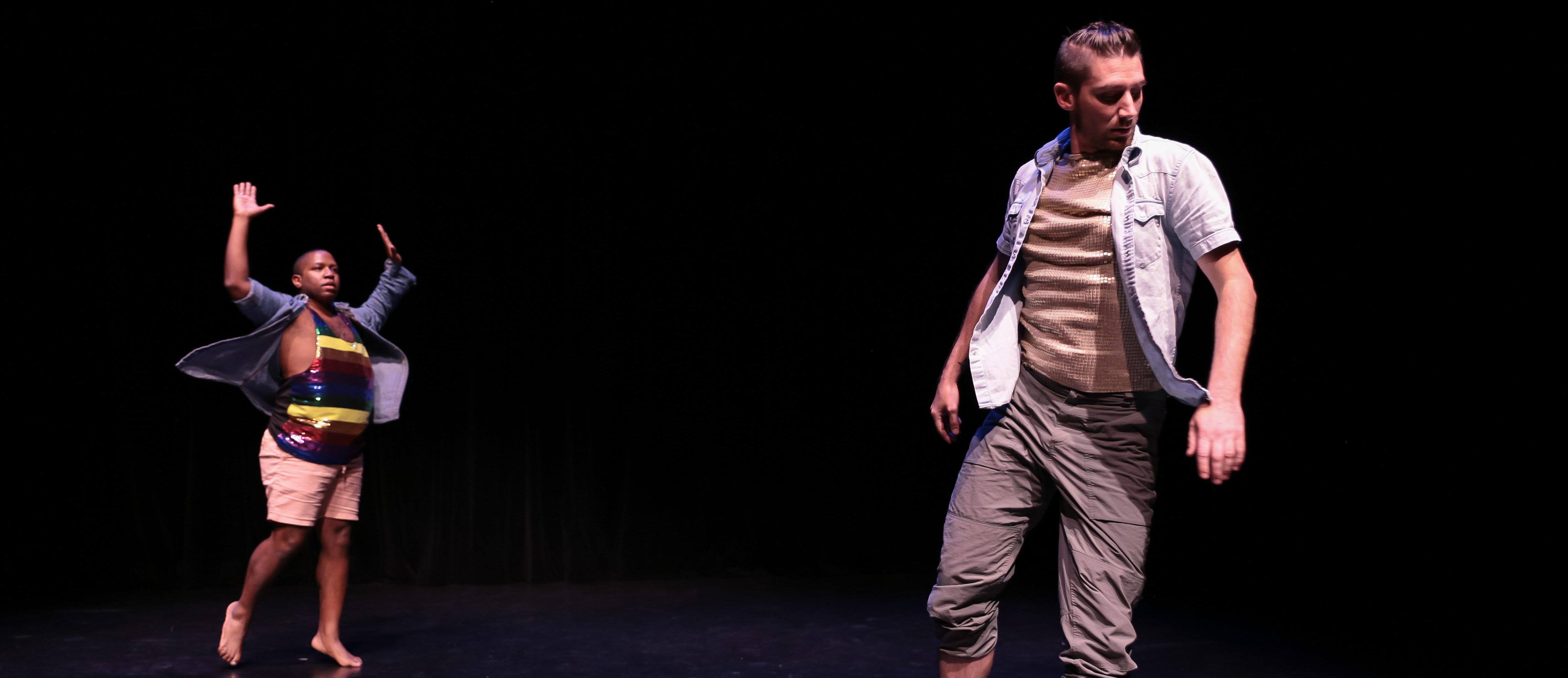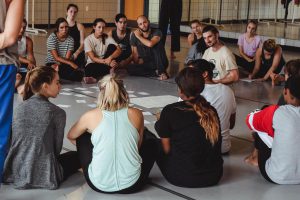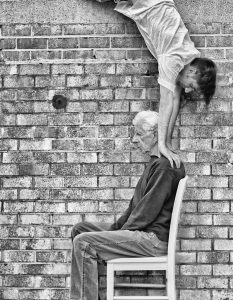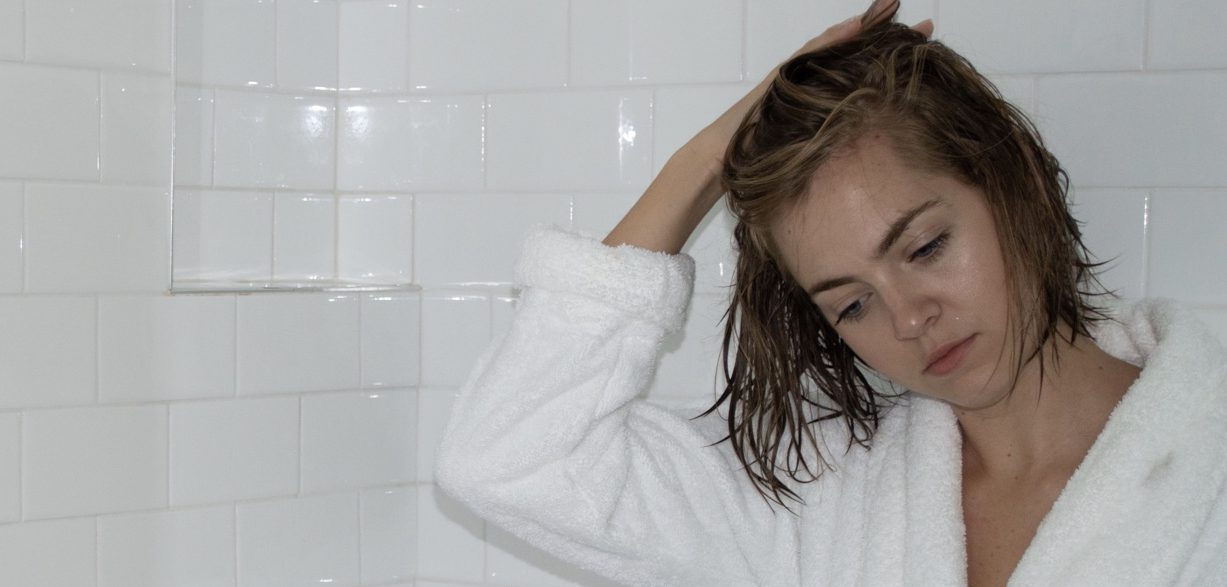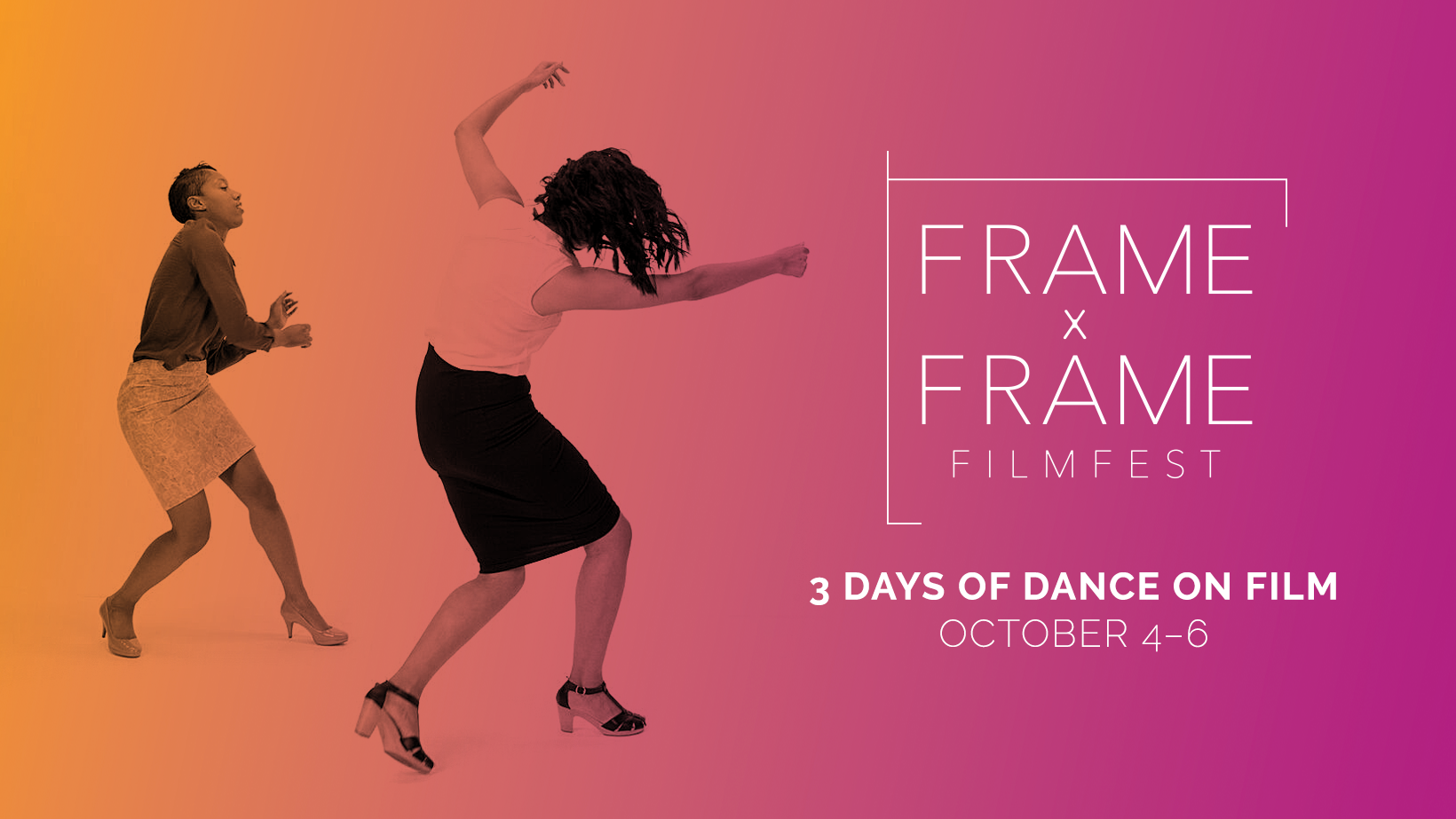Considering Oh, I have to wash my hair In Terms of Cursorily Googled Research.
Yes, I am woman. Yes, I have (too much) experience with social anxiety. Yes, I am performing in Oh, I have to wash my hair this week. And yes, I did Google “women and social anxiety” to find authoritative sources for this blog post. Let’s talk about it. There is a place for comments, y’all. Use it.
First, let’s hear from a woman who has researched and experienced social anxiety. I found this personal and professional narrative on the website The Cut in an interview by Cari Romm with writer Andrea Petersen, science and health reporter for The Wall Street Journal. Peterson published the book On Edge: A Journey Through Anxiety and in it she writes that “there is no greater risk factor for anxiety disorders than being born female.” Petersen continues,”women are about twice as likely as men to develop [an anxiety disorder], and women’s illnesses generally last longer, have more severe symptoms, and are more disabling.”
Lydia Hance, choreographer and Frame Dance Founder and Artistic Director, has identified a very real phenomenon. She has also identified one of the insidious patterns of social anxiety, one that hides in the veil of “nature” and gender. It is the idea that girls and women need to prioritize the feelings and opinions of others, and the idea that girls and women are under threat and need be fearful and suspicious to ensure their survival. In On Edge, Peterson discusses research on parenting that shows both mothers and fathers, with their language and their behavior, discourage daughters from physically risky play while encouraging sons to take risks, projecting their assurance that boys are capable of either accomplishing the difficult task or of accepting the hurt they might suffer.
“So, while this kind of parenting might protect girls physically, the research suggests that it also contributes to this feeling of vulnerability, that the world is a dangerous place. Because the message that it sends to girls – encouraging them to be very cautious and always highlighting safety and danger – is that the world is a dangerous place and that they can’t cope on their own. And that feeling of vulnerability of course is a core belief of anxiety as well.”
In the program Oh, I have to wash my hair, look for the generational, parental encouragement – or insistence – for girls to accept social discomfort and fear. Do you see messages that female safety depends on external approval, which depends on their presentation, which is expected to be inoffensive, congenial, pleasant, acquiescent? Where are these messages in the show? Do you find them in your life? How dated or contemporary are these ideas? How are they encouraged or challenged in society?
Peterson talks about a sense of vulnerability that is primarily physical when it comes to parents and young children, but she points to the idea that this fear becomes generalized, and in social anxiety the belief that one is threatened with damage or destruction is no less real than the risk of falling off the monkey bars. But it is endlessly more ambiguous and subtle.
Stephan G Hoffman is director of the Social Anxiety Program at Boston University and he says, in an interview with Olga Khazan on theatlantic.com, that “people are social animals, and we have a strong desire to be part of a group and to be accepted by the group. Social anxiety is a result of the fear of a possibility that we will not be accepted by our peers. It’s the fear of negative evaluation by others, and that is [part of] a very fundamental, biological need to be liked.” Angela Chen of the website theverge.com interviewed clinical psychologist Ellen Hendriksen and about her work with social anxiety and about her book How to Be Yourself: Quiet Your Inner Critic and Rise Above Social Anxiety. Hendriksen, echoing Hoffman, says the “social anxiety is a perception that there is something embarrassing and deficient about us, and, unless we work hard to conceal or hide it, it will be revealed and we will be judged or rejected for it.”
What does this fear of “negative evaluation,” judgement, and rejection feel like for you? Are there certain kinds of environments or people where these feelings are stronger? How do you address these fears when you see or hear about them in other people, perhaps in your child? Can you identify these fears in any part of Oh, I have to wash my hair, perhaps in the music, a dance score or scene, or an individual gesture or action?
Both Hendriksen and Hoffman describe socially anxious people as employing certain habits before, during, and after stressful situations. Says Hoffman,
“Initially, they will dread the event, going there, they will worry excessively about the upcoming social event. They will be predicting that the worst thing will come true. And they will be extremely worried for a long period of time. Once you bring them into the situation, when they have to face whatever social challenge there is, they will then often report that they have no control over their anxiety. They believe that a mishap would have disastrous, long-lasting, irreversible consequences. They will report that they are not in control of their body, of their anxiety response, that others will see how anxious they are, and then they will try to avoid, to get out of the situation and escape. Sometimes they try to use strategies that are more subtle, such as holding tight on a glass while they talk to someone so people don’t see them shake and tremble. They will maybe stare at the ground to avoid eye contact. After the event, they will often engage in post-event rumination. Even in ambiguous situations that weren’t that bad, they will interpret them in a negative way, and identify weaknesses that they showed. This establishes a vicious cycle, and the next time they have to go into a similar situation, they will expect things to be even worse.”
And Hendriksen:
“The vast majority of social anxiety is anticipatory. People who are socially anxious engage in ‘safety behaviors,’ which are simply behaviors that trying to help you tamp down anxiety in the moment. For example, if you’re at a party and feel anxious, you hover on the edge of the room or you scroll on your phone or you might rehearse what you plan to say beforehand to make sure it doesn’t sound stupid. These behaviors take up a lot of bandwidth. If you’re thinking about how you come across, and there is very little room left over to just be our authentic, friendly self.”
Did you notice anticipatory anxiety in the dances? Specific behaviors dancers used to convey their stress? Can you identify “safety behaviors” of your own, or that you’ve noticed in others? How about the bandwidth of calamitous thinking? Doesn’t the idea of all this wasted energy and unnecessary suffering just knock you over like a wave?
Ugh. Thanks, I guess, Lydia, for asking us to look at this morass.
I will, though, leave you with a few notes of encouragement. First, notice the subtitle of Ellen Hendriksen’s book: Quiet Your Inner Critic and Rise Above Social Anxiety. This sounds like a call to be gentle with ourselves (although I’ve barely touched here on perfectionism and all of the ways it lives in the feminine psyche and feeds social anxiety, it is all over Oh, I have to wash my hair). Hendriksen isn’t saying that we must Silence our Inner Critic and Destroy Social Anxiety, but that there is the possibility of shushing the voice of fear and taking a distanced, more objective posture toward the experience of social anxiety. Hendriksen advises that we continue to engage with anxiety-producing social situation, because if we give up then we give in to “the two most fundamental lies about social anxiety:” first, the idea that the “worst-case scenario is a foregone conclusion.” If you don’t go to the Met Gala because you know that you’ll fall on the stairs and no one will ever respect you again, then you can never go to the Met Gala and not fall on the stairs. “And the second is that ‘I can’t deal.’ When we avoid experiences, we don’t get the evidence to disprove those two lies of social anxiety. We don’t see our own capabilities.” If you don’t go to the Met Gala because you know that you’ll fall on the stairs and no one will ever respect you again, then you can never go to the Met Gala and not fall on the stairs, or, go to the Met Gala, fall on the stairs, and find that people still respect you, and are in fact concerned for your well-being.
Hendriksen even finds a positive perspective on being a woman with social anxiety. “The one thing I always like to add is that social anxiety is a package deal, and it often comes bundled with strengths like high standards and empathy and being helpful and altruistic. People who have social anxiety are often good listeners and conscientious and they work hard to get along with fellow humans. And those are all really amazing strengths that won’t go away even as people work on their social anxiety.” (I might have to buy this book. Women With Social Anxiety Book Club, anyone?)
If you have social anxiety, you are not alone. If you are a woman with social anxiety, you are surely not alone and you may notice that these identities are connected by myriad strands. You may also notice that you can make compelling, brilliant art out of these identities and ensuing experiences. You may also notice that Lydia Hance’s art about those identities also gives us subtle encouragements and embedded choices. As I see the show, she suggests that engaging with anxiety-producing presentations and situations is a choice, so we can either accept or reject the opportunities and messages we are given. I also see that we can become bristly and defensive in our engagements, or we can become soft and find a power in that vulnerability. Mostly, I see that we as women are in this together, and that, again, there is a kind of vulnerability that is actually empowering, and that we as women can give each other the gift of empowered vulnerability in our social interactions.
What did you see?

